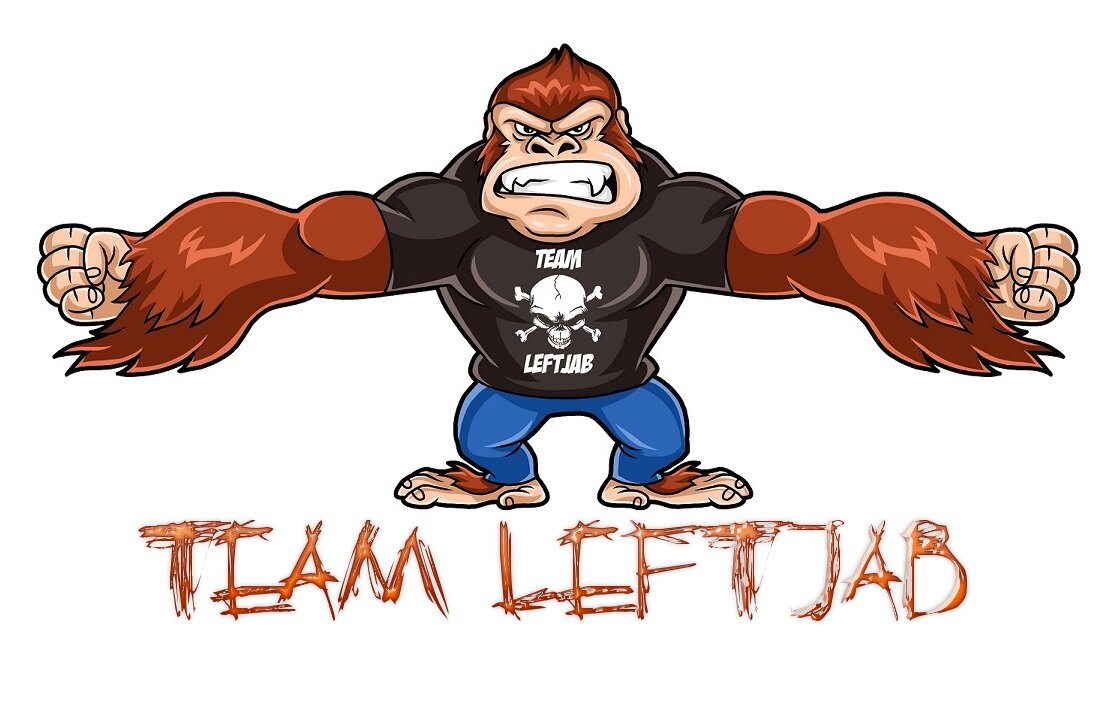As a journalist in the promotional products industry, it’s my job to identify items that advertise a company. They can be shirts, hats, pens, bumper stickers, bobbleheads, even JENGA blocks. In this instance, it’s a 240-page book.
tells the story of how WWE’s development brand rose from Triple H’s brain to selling out the Barclays Center in Brooklyn. Published by ECW Press and written by renowned wrasslin’ author Jon Robinson (with a foreword by somebody writing for Vince McMahon), the behind-the-scenes plunge into the training grounds covers everything from the Performance Center to the influence of Dusty Rhodes to the emergence of NXT stars on the main roster.
Robinson co-wrote Pete Gas’ autobiography as well retrospectives on the Attitude Era and Ultimate Warrior, so he’s a knowledgeable and qualified tour guide. But the story is mostly told through quotes from talent and management, giving readers an innovative first-hand account of what the daily grind is like in Orlando.
Of course, Triple H is praised as the Almighty Father of NXT, for it is he who suggested to his father-in-law that the company won’t sustain itself without investing in its future. The Cerebral Assassin then toured other training facilities in the sports world, researching what it takes to be an attractive destination for luring athletes and performers to enter the squared circle. Superstar after superstar credits Triple H for giving them an opportunity and advancing their career – even the rejuvenation of women’s wrestling in WWE has been inspired and pushed for by The Game.
After reading Justin Roberts’ autobiography so recently, it’s jarring to see Triple H revered as a mentor/boss.
The most fascinating aspect of the book is following several wrestlers’ journeys from entering sports-entertainment to appearing on Raw and SmackDown. Tyler Breeze explains how he spent a weekend with Xavier Woods brainstorming different characters to stay in the company. Bray Wyatt discusses transforming from Husky Harris to the Eater of Worlds, a persona much closer to his true self, and Triple H even calls Wyatt the first successful transition to the main roster because his NXT character remained intact. Corey Graves recalls finding out that injuries curtailed his in-ring career, and that he had limited time to discover another way he could contribute to the genre he loved.
Serving as a fun pause in the story, there’s a list of 21 matches that put NXT on the map. It’s cool for newer fans to look back on what they’ve missed, but the Sami Zayn vs. Shinsuke Nakamura match from NXT Takeover: Dallas is a glaring omission. You’ll also learn different nuggets throughout the book such as who conceived the Takeover specials and why Samoa Joe won the NXT Championship at a house show.
Aside from criticism of FCW and the ridiculous old NXT on Syfy, the book is a self-congratulatory
promotional tool. If it came out 10 years from now, it would be a historical look at how NXT formed. But right now, it’s a comprehensive information packet like you get on college tours. That’s not necessarily a bad thing, as it’s interesting to see the step-by-step process of how an individual’s desire and creativity gets molded by wrestling veterans to create a marketable character. NXT is clearly a team effort and everyone gets their due in the book (although former NXT head trainer Bill DeMott isn’t mentioned often, perhaps due to the controversial manner in which he resigned).
If you’re a fan of NXT, this is a must-read. If you’re new to the product, this is the best way to start. If you’re interested in pursuing a pro wrestling career with WWE, this is your Bible.
John Corrigan
Latest posts by John Corrigan (see all)
- Live Report: “Hacksaw” Jim Duggan’s One Man Show - April 21, 2017
- Q&A: Tommy Dreamer Talks House of Hardcore 25, Hardyz, Undertaker - April 20, 2017
- Review: Robinson’s ‘NXT: The Future Is Now’ A Must-Read - April 17, 2017














